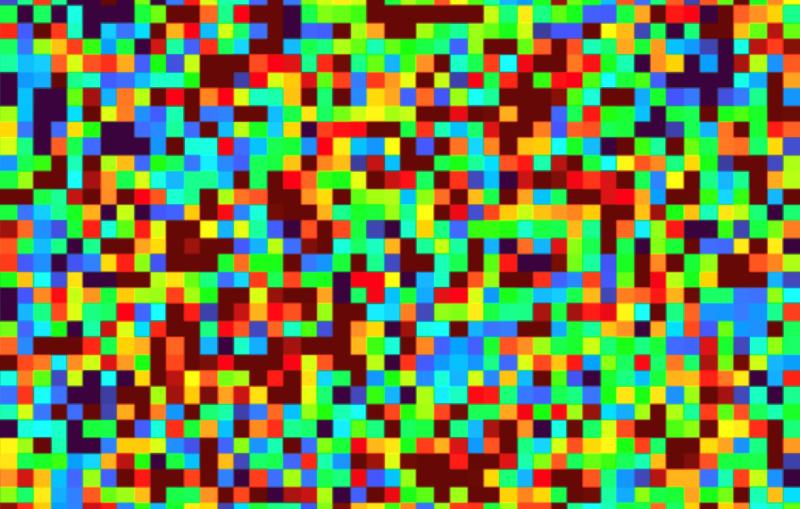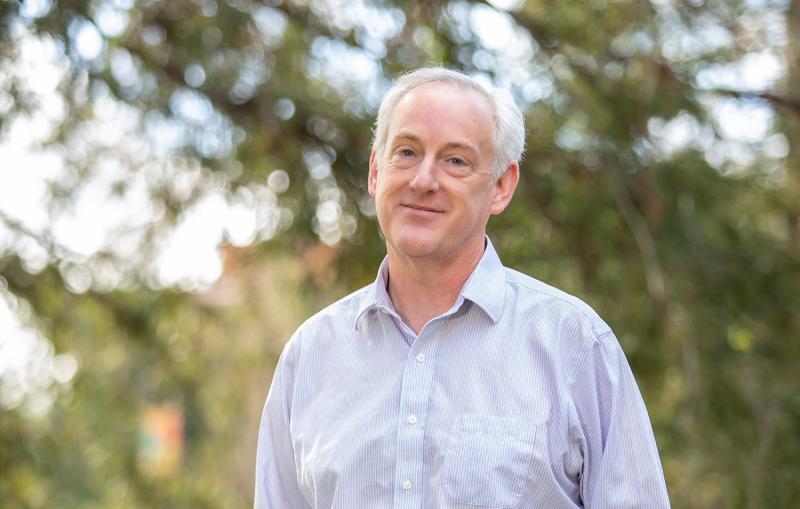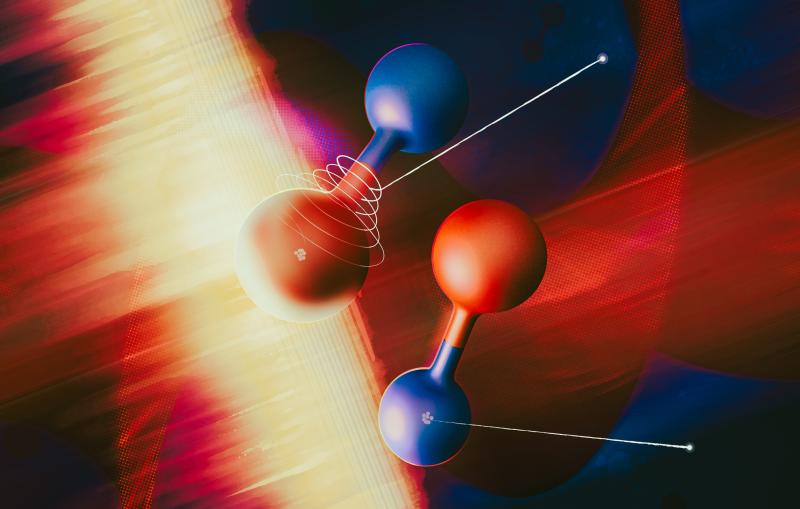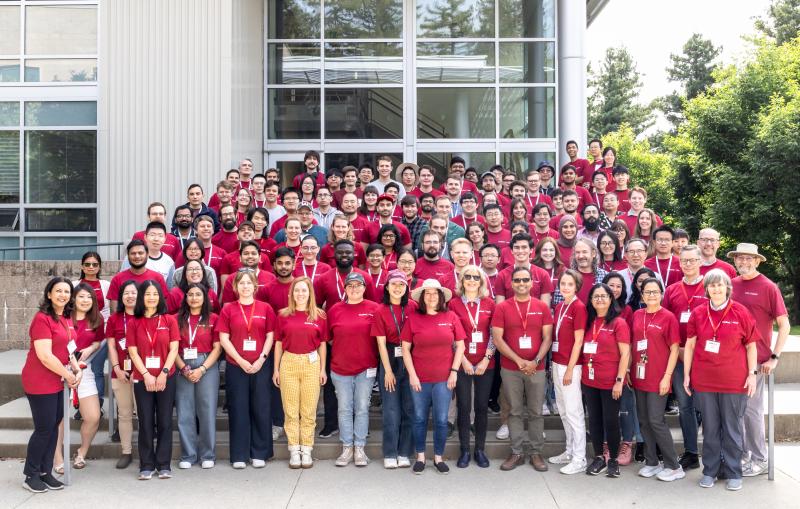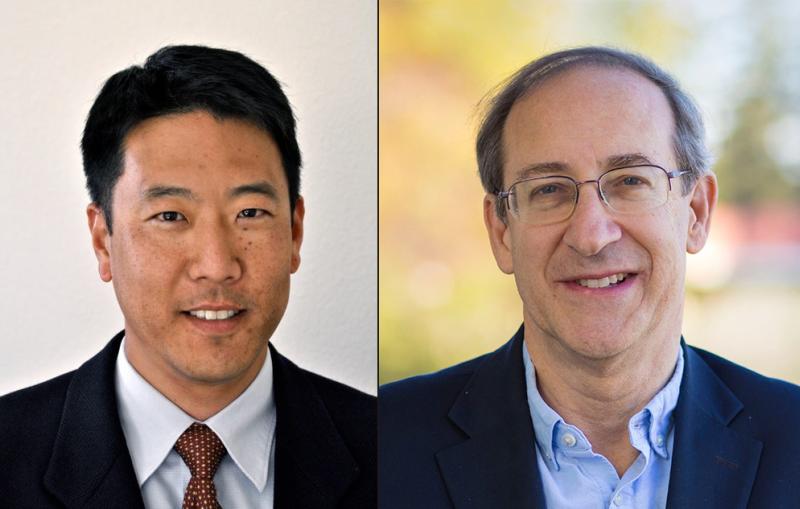SLAC’s Amy Cordones-Hahn and Brendan O’Shea receive DOE Early Career Awards
The prestigious awards provide at least $2.5 million over five years in support of their work in understanding photochemical reactions and improving accelerator beams.
By Glennda Chui
Staff scientists Amy Cordones-Hahn and Brendan O’Shea from the Department of Energy’s SLAC National Accelerator Laboratory will receive prestigious Early Career Research Program awards to support their work in understanding light-induced chemical reactions and improving electron beams used in accelerator research.
They are among 76 recipients selected from a large pool of university and national laboratory applicants, the DOE Office of Science announced today. Each will receive at least $500,000 per year for five years.
Cordones-Hahn, an investigator with the Stanford PULSE Institute, will use X-rays to understand how electrons move around in a molecule as it catalyzes a light-triggered chemical reaction – work that could eventually lead to better systems for producing fuel from sunlight. O’Shea will explore using artificial intelligence to continually monitor and improve the quality of powerful electron beams at FACET-II, a DOE Office of Science user facility where scientists will test and develop next-generation accelerator concepts.
“I’m glad to see our talented early career scientists being recognized with this honor and this significant boost in support for their research,” said JoAnne Hewett, SLAC’s chief research officer.
DOE Under Secretary for Science Paul Dabbar said, "The Department of Energy is proud to support funding that will sustain America's scientific workforce and create opportunities for our researchers to remain competitive on the world stage. By bolstering our commitment to the scientific community, we invest into our nation's next generation of innovators."
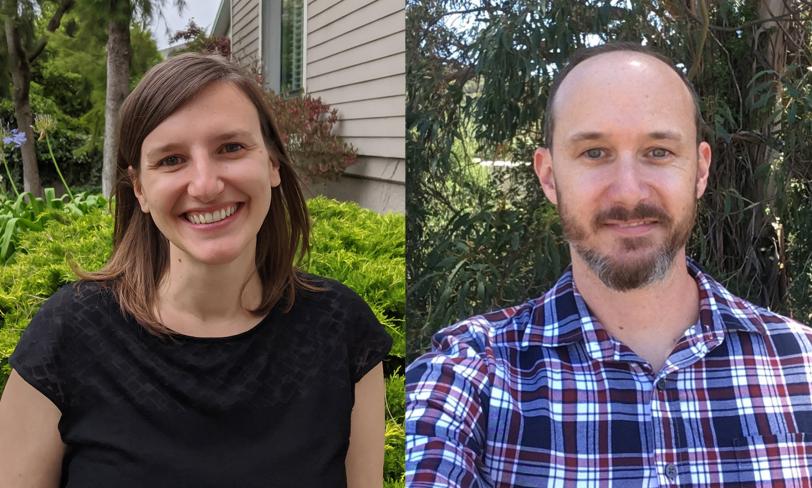
Amy Cordones-Hahn: Probing reactions that make fuel from sunlight
Cordones-Hahn came to SLAC five years ago from DOE’s Lawrence Berkeley National Laboratory, where she used X-ray techniques she had been introduced to as a graduate student at the University of California, Berkeley to study how electrons move around in molecules, the first step in chemical reactions.
She continued that line of research as a Stanford Pulse Institute investigator at SLAC, focusing on reactions that convert sunlight to electricity or fuel. For instance, she has been studying molecules that absorb energy from sunlight and use it to catalyze a reaction that takes protons from water and produces hydrogen gas that can be used as fuel.
These catalyst molecules generally consist of a metal atom surrounded by small molecules, called ligands, that play no role in the reaction, Cordones-Hahn said. But in some nickel-based catalysts the ligands do play an active role, and scientists would like to enlist and channel their activity to create photocatalysts based on cheaper, more abundant metals than the ones used today.
“For this type of catalyst, where both the metal and the ligand participate, it’s hard to figure out their roles with traditional methods,” she said. “But using X-ray spectroscopy techniques will allow us to separate the two by looking at one type of atom at a time, from either the metal core or one of the ligands.”
The award will allow her to establish a research group to make these fundamental observations at the lab’s Stanford Synchrotron Radiation Lightsource and Linac Coherent Light Source X-ray free-electron laser, both DOE Office of Science user facilities.
Kelly Gaffney, director of the lab’s Chemical Science Division, said, “I’m really excited about this opportunity for Amy. This award will give her resources to pursue her ideas and accelerate her development as a research leader."
PULSE Director David Reis added, “This tremendous and well-deserved honor reflects the high regard that the chemical sciences community has for her scientific accomplishments and her visionary proposal for better understanding the complex processes underlying molecular photocatalysis.”
Brendan O’Shea: A hands-off approach to controlling particle beams
O’Shea started doing research at SLAC 10 years ago while a graduate student at the University of California, Los Angeles. He continued as a postdoctoral researcher and is now a staff scientist at the lab.
While working on his PhD, he led an experiment at FACET on a futuristic technology known as dielectric wakefield acceleration, where intense, ultrashort bunches of electrons traveling in a hollow fiber generate radiation that accelerates other bunches of electrons. It’s one of several methods scientists are exploring that could make future accelerators 100 to 1,000 times smaller than those today while also boosting their capabilities. The experiments O’Shea led accelerated electrons to 100 times higher energies per meter than ever achieved before with dielectric wakefield technology.
For the past three years, he has focused on FACET-II, an upgrade that’s now underway. FACET-II will produce beams of electrons that are much more intense and come in much shorter pulses than before. But there’s a catch: Those intense beams would vaporize devices that are traditionally placed in the beam’s path to measure its characteristics.
O’Shea will develop non-invasive diagnostic methods that use radiation given off by the traveling electrons to continually monitor the quality of every electron pulse, from the time the beam is generated through multiple cycles of acceleration and compression. These methods will employ industry standard artificial intelligence tools to make much quicker and finer adjustments to beam quality than human operators can achieve.
“Artificial Intelligence is a large and ever-expanding field, especially here at SLAC,” O’Shea said. “We are going to have to stay flexible in order to take full advantage of developments in AI over the five years of this project.”
Mark Hogan, head of the lab’s Advanced Accelerator Research Department, who has worked with O’Shea since the start of his research at SLAC, said, “Brendan is very hard working and enormously productive. He’s been shouldering a lot of the load to get the FACET-II lasers up and running, while at the same time writing a string of papers that describe the results of his earlier recording-breaking experiments. With this Early Career Award, the DOE is recognizing that he and other brilliant young scientists are our future.”
For questions or comments, contact the SLAC Office of Communications at communications@slac.stanford.edu.
SLAC is a vibrant multiprogram laboratory that explores how the universe works at the biggest, smallest and fastest scales and invents powerful tools used by scientists around the globe. With research spanning particle physics, astrophysics and cosmology, materials, chemistry, bio- and energy sciences and scientific computing, we help solve real-world problems and advance the interests of the nation.
SLAC is operated by Stanford University for the U.S. Department of Energy’s Office of Science. The Office of Science is the single largest supporter of basic research in the physical sciences in the United States and is working to address some of the most pressing challenges of our time.
